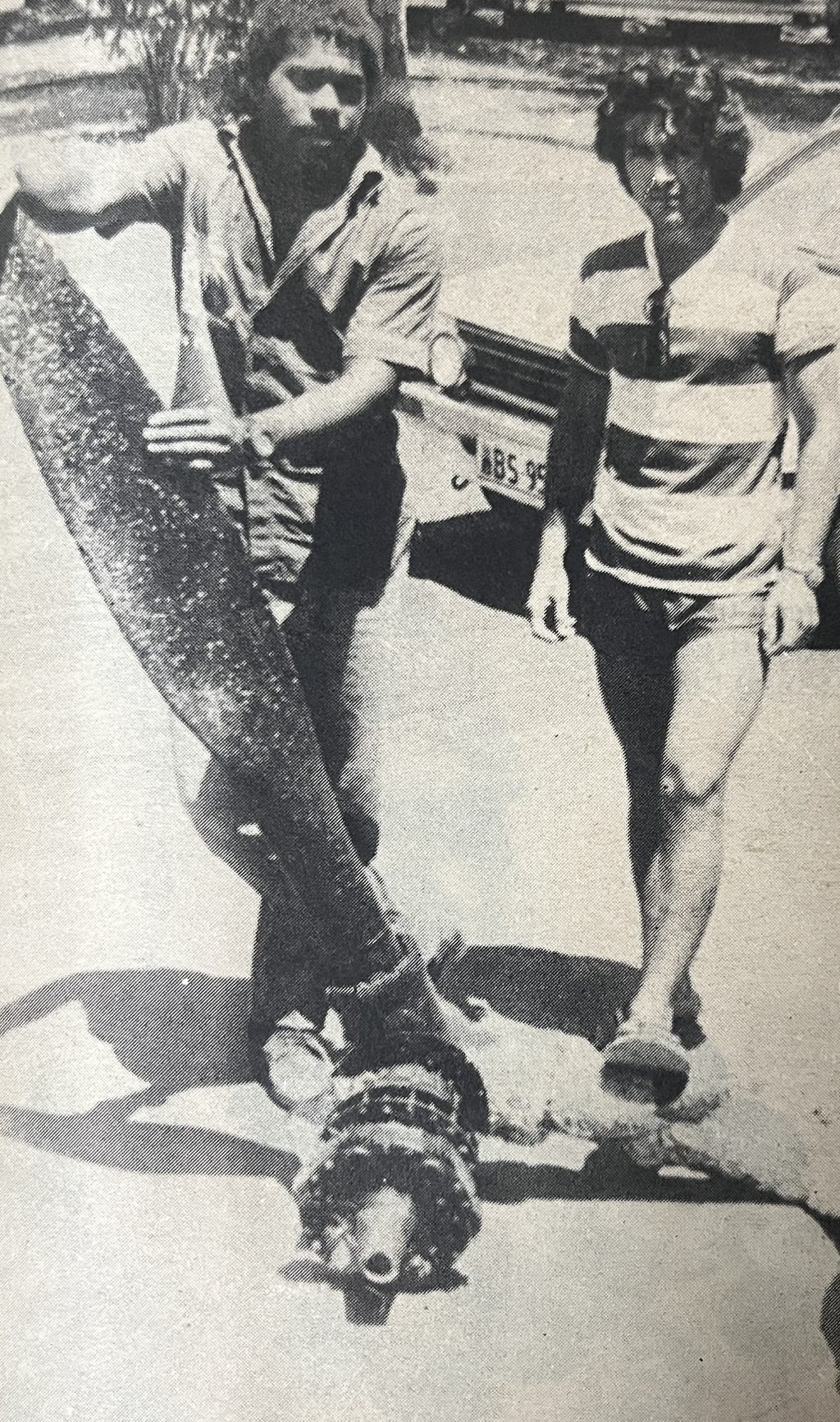In 1984, a group of divers salvaged an old aircraft propeller believed to be part of an American P-39 Airacobra that was submerged in Soso Bay in Naviti, Yasawa during WWII.
Stumbling upon the propeller was a great deal to the divers who were in Fiji for six days looking for historical wrecks.
Under the guidance of the managing director of Divers Services Ltd, Grant Scott, the team, which arrived in August 1984, was led by David Wailes of Diver Instruction Services.
This newspaper had covered the team’s trip in an article that was published on September 28, 1984.
Discovering the propeller
On the last day of their diving cruise on August 29, 1984 the team decided to drop their anchor at random and went diving.
Upon returning to their boat in about 45 metres of water, the team found an old propeller.
According to historical accounts, the old propeller is believed to belong to an American fighter plane that crashed into the sea during WWII.
In the 1984 article, Grant said the divers had not been able to identify it, but it was thought to be either a P.B.Y Catalina or an Airacobra and the area where the wreck was found had been used for bombing practice.
Grant had learned from the Fiji Naval Squadron that a Catalina and an Airacobra had collided somewhere near Naviti and that the wreck could likely be one of the two planes.
The wreck of the Airacobra dropped to the seabed in Soso Bay, Naviti, but the other plane was never found, Grant said.
The propeller’s home
Reading about the propeller in a previous The Sunday Times article on September 28 this year, pilot Chris Thompson instantly reached out to the team.
Mr Thompson instantly recognised that the propeller pictured in the newspaper’s ‘Look Back’ page, which was used during WWII, was the same one that had taken up place beside his front door at his Nadi home.
Mr Thompson has always had an interest in aviation, having started his aviation career with Sunflower Airlines in late 1986 as one of the first student pilots at the then Sunflower Flying School (now the Pacific Flying School).
He flew for Sunflower Airlines until 1991 then joined Air Pacific, now Fiji Airways. Today he is a veteran pilot on the Fiji Airways’ Airbus.
His keen interest in aviation was what drew him to the old Airacobra propeller.
He said he acquired it from two former Turtle Airways and Sunflower pilots.
“I had met both pilots socially. One of them moved on to work overseas while Steve joined Sunflower Airlines – an airline I had previously worked for.
“When the time came for him (Steve) to leave, I asked if I could have the propeller. He had no objections.
He said the propeller was fairly big and heavy.
“When he (Steve) left, the landlord took it as junk and left it outside on the vacated flat.
“A few weeks later I got hold of a vehicle and some friends to collect the propeller and took it to Mike Mars garage to try and straighten the very bent propellers.
A piece of history
Being an interesting piece of WWII history, Mr Thompson had to find out more about the propeller that had come into his possession.
“I had already gathered that it was from the P-39 Airacobra wreck up in the Yasawas,” he said.
He had tried to trace its full history to some extent.
“I have asked people in the past about it and confirmed the location of the wreck.
“I have also brought a couple of books on the P-39 and made a point of visiting museums overseas that have them on display.
He has even contacted the Pacific Wreck team via their website to share about the propeller he has.
“I have heard that these aircrafts which had originally been designed as a fighter aircraft really made their mark as a tanker buster on the Russian front.
“When they were no longer needed they were then shipped to the Pacific. As such they were configured for cold weather operations.
“On the first few flights in the Pacific, a number of them overheated causing hull losses. Whether this was the cause of this one ditching in the Yasawas, I am not sure.
Mr Thompson said the propeller was an interesting bit of WWII and a great talking point for guests who visit his home.
But of course, being an avid aviator, the propeller is not the only WWII artefact that Mr Thompson has in his possession.
He also has a hub of a second propeller that once belonged to his grandfather. His grandfather had flown the plane during World War II.
Work done on the piece of history
Initially, the propeller was mounted at the front of Mr Thompson’s house in very much the condition that was shown in the original The Fiji Times photo from 1984.
“It looked a sad twisted rusty mess,” he said.
“In those days my parents visited Fiji every year, in fact my father still does.
“My father, who is a much better carpenter, then me made the missing propeller blade out of wood.
“During one of those visits he took it upon himself to replace the missing propeller blade with a wooden one and painted all the propellers back so it did not look like a wreck.”
When entering Mr Thompson’s home today, it is hard to miss the propellor, a mere shadow of its former glory days and a physical reminder of World War II in the Pacific and Fiji’s involvement in promoting world peace.

Parts of the Airacobra that is submerged at Naviti waters. Picture: YOUTUBE

The propeller of the P-39 Airacobra at Chris Thompson’s home in Nadi. Picture: CHRIS THOMPSON
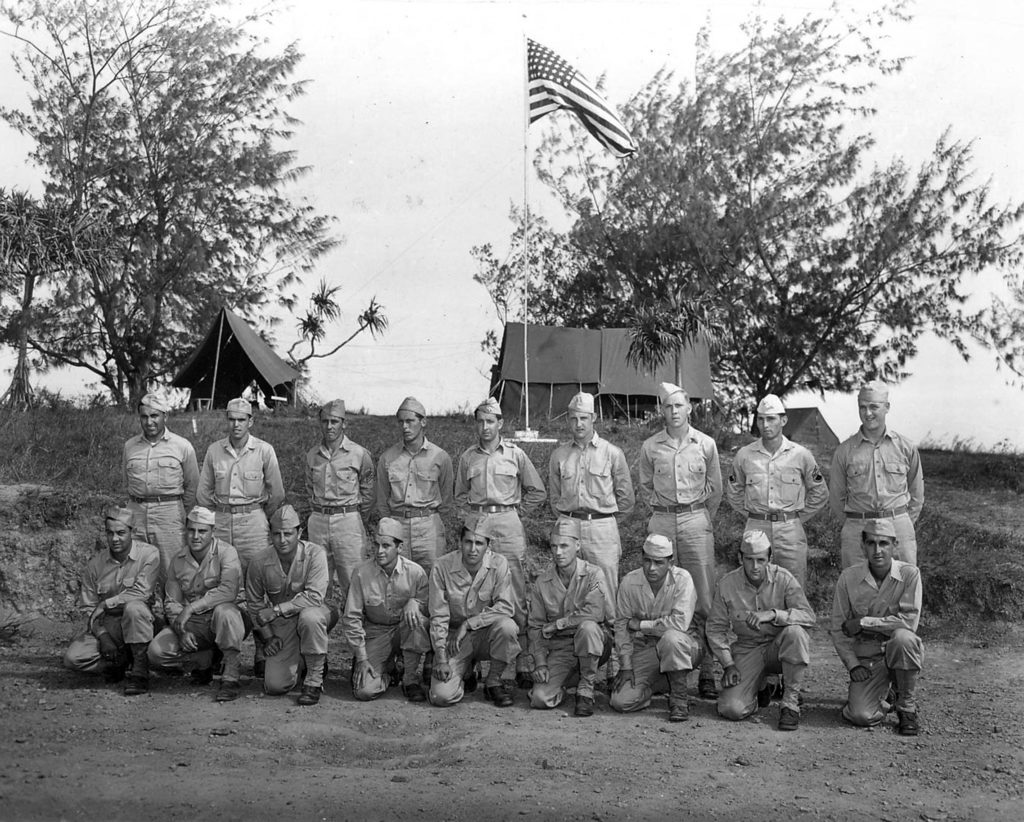
Soldiers of the 2nd Battalion of the 182nd Infantry after being awarded in Fiji the Purple Heart for wounds suffered in battle. Picture: NATIONAL ARCHIVES
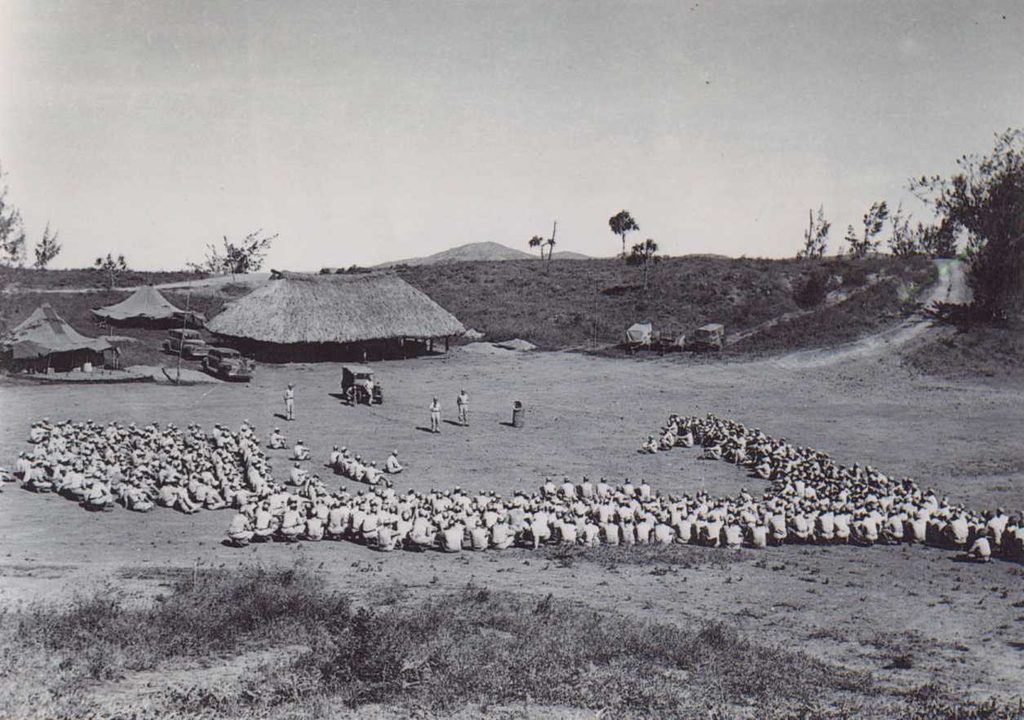
The 2nd Battalion of the American 182nd Infantry in Fiji. Picture: NATIONAL ARCHIVES

Remnants of the old Airacobra aircraft submerged at Naviti, Yasawa. Picture: YOUTUBE
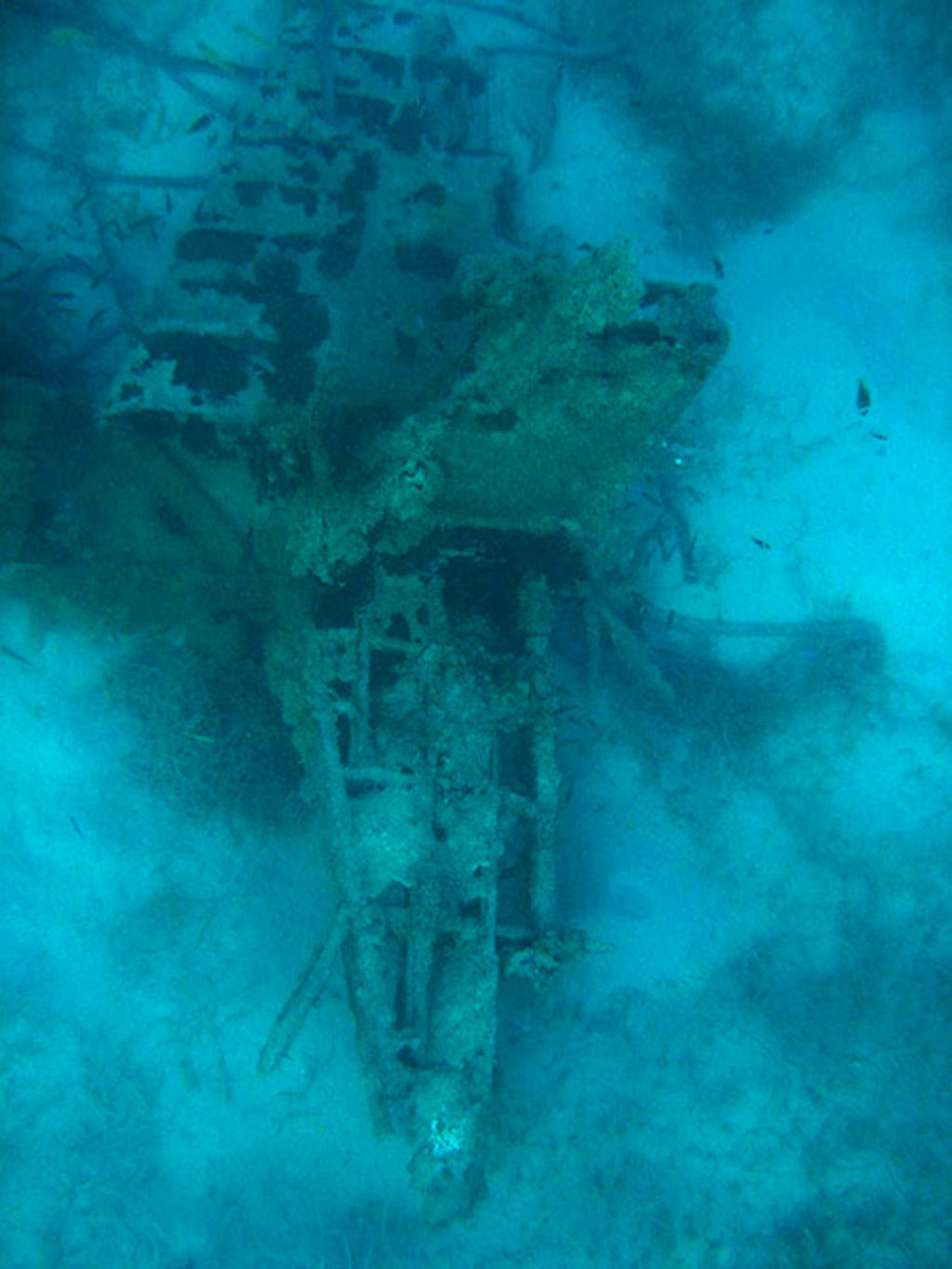
Part of the P-39 Airacobra at Naviti, Yasawa. Picture: AL GRANT/ PACIFIC WRECKS
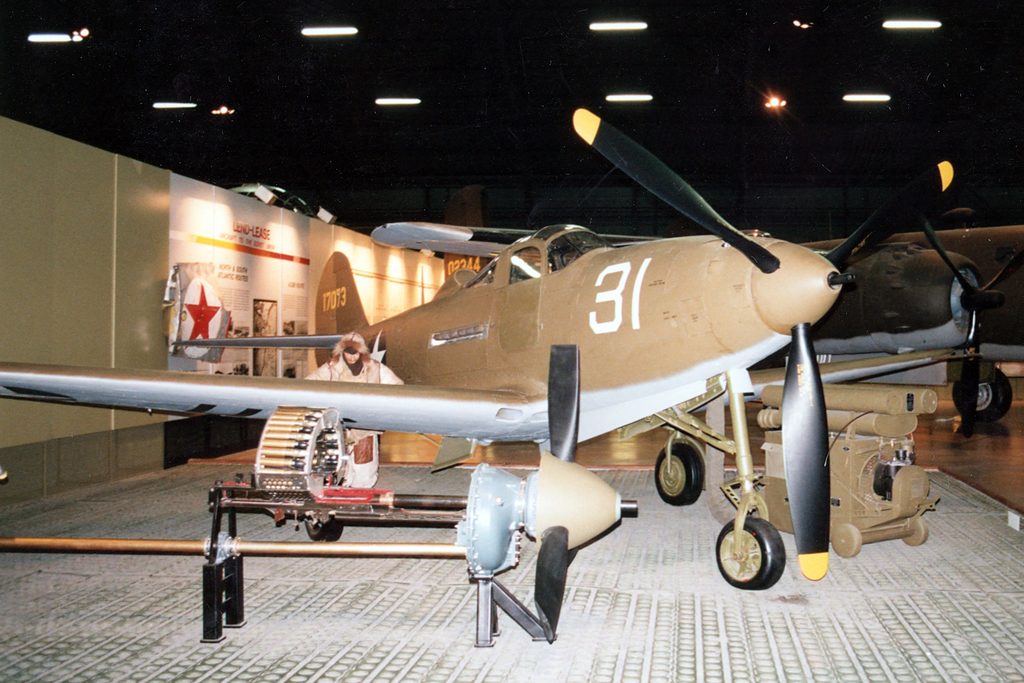
What the propeller looks like on the P-39 Airacobra. Picture: WWW.SKYTAMER.COM

